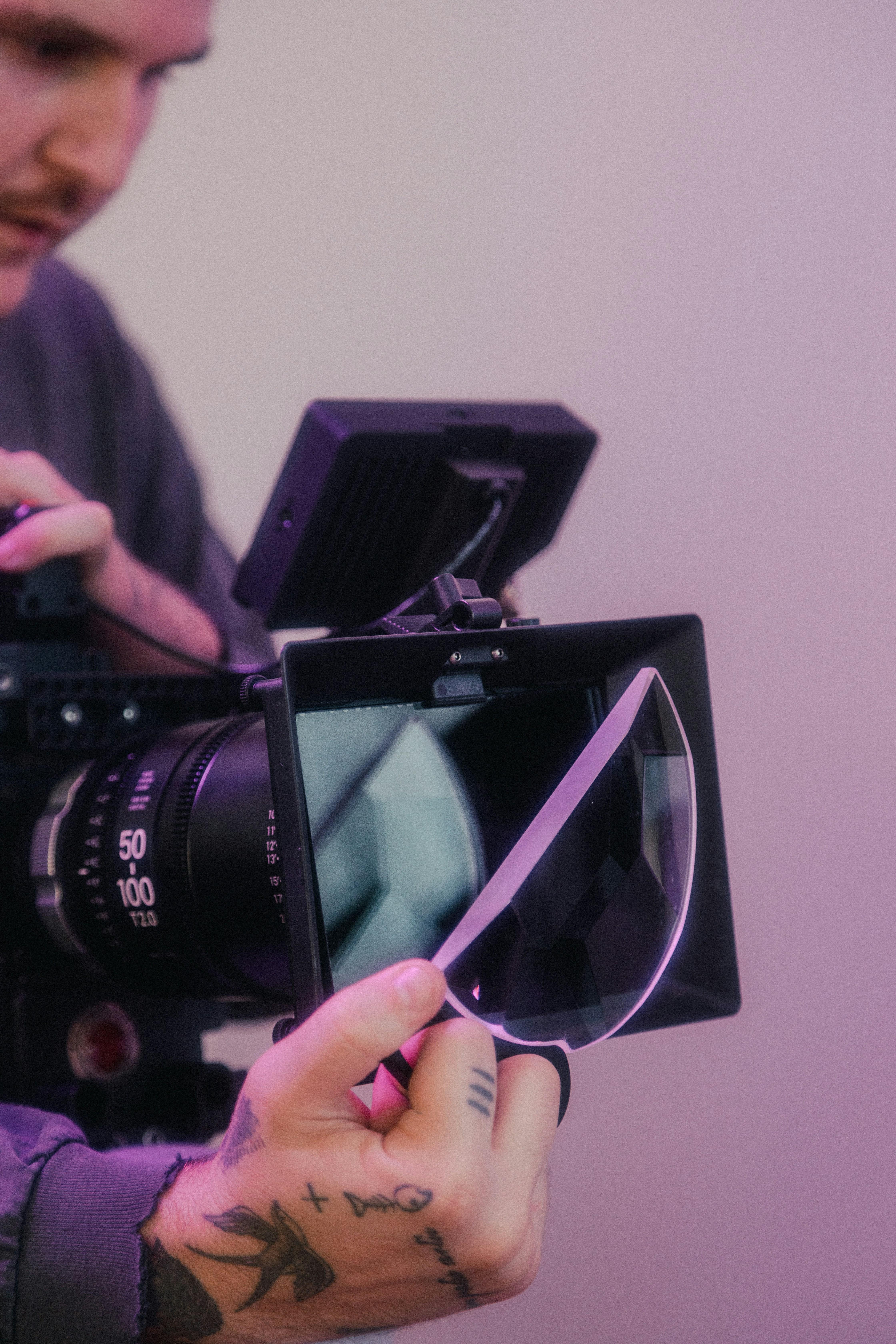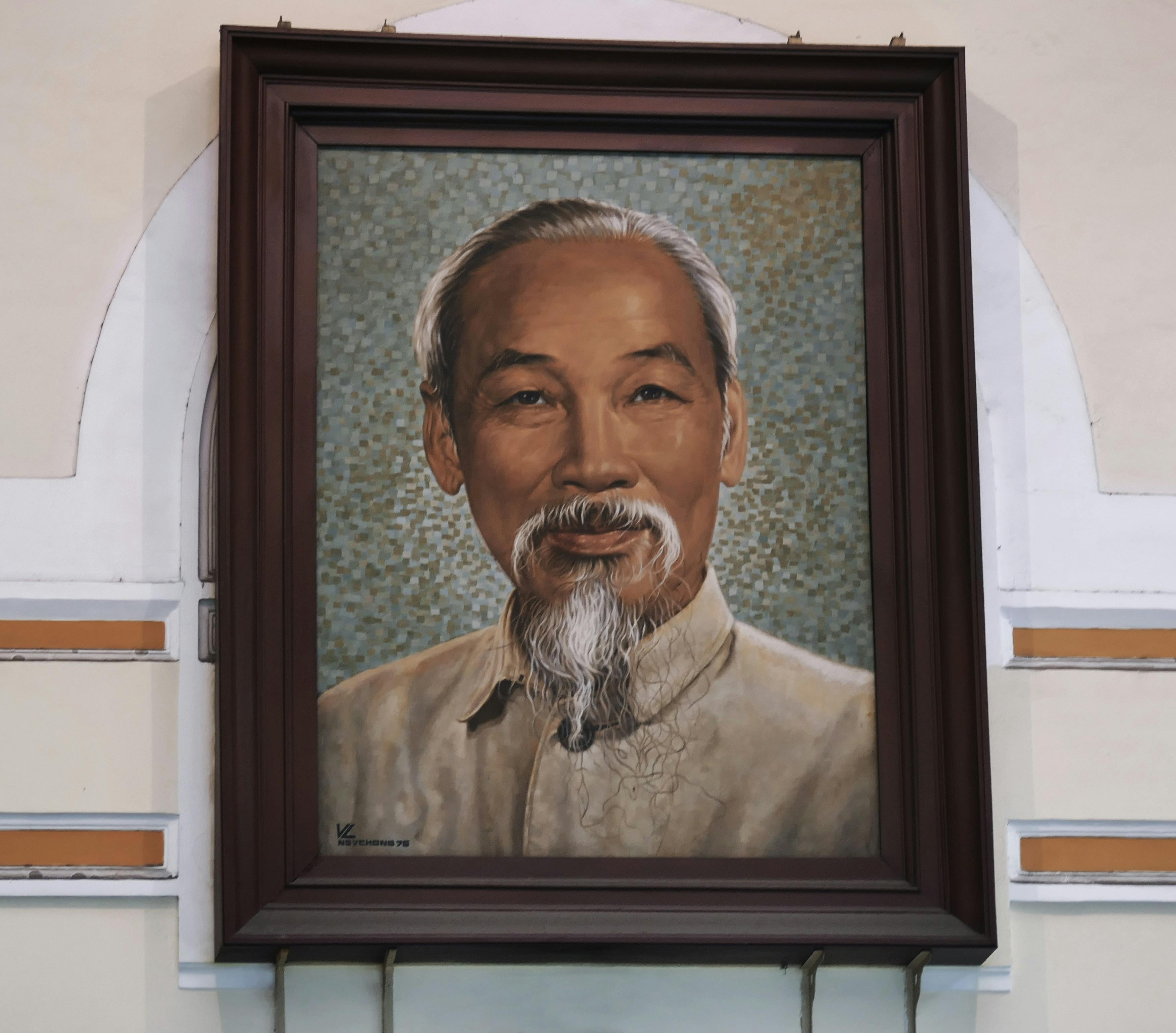Bong Joon-ho has emerged as one of the most compelling filmmakers of the 21st century, crafting a cinematic oeuvre that transcends cultural and linguistic barriers. His work deftly blends genres, offering a unique fusion of dark humor, social critique, and thrilling narratives that captivate audiences worldwide. This article aims to dissect the elements that contribute to Bong’s cinematic genius, exploring the thematic depth, innovative storytelling, and visual artistry that define his films. By analyzing key works such as “Parasite,” “Snowpiercer,” and “Memories of Murder,” we will uncover the techniques and motifs that have established Bong Joon-ho as a master storyteller and a visionary director in contemporary cinema.
Exploring Narrative Complexity in Bong Joon-hos Films
In Bong Joon-ho’s films, narrative complexity is not merely a stylistic choice but a vehicle for deeper storytelling. His works are often characterized by their ability to blend genres seamlessly, creating a multi-layered narrative that challenges conventional cinematic boundaries. Bong’s narrative techniques often involve nonlinear storytelling, allowing viewers to piece together the plot in a way that is both engaging and intellectually stimulating. By weaving together disparate storylines and perspectives, he invites audiences to explore the intricacies of human nature and societal structures.
- Genre Fusion: Bong’s films often defy categorization, combining elements of drama, thriller, and comedy to create a unique cinematic experience.
- Nonlinear Storytelling: His use of flashbacks and parallel narratives adds depth to the storyline, encouraging viewers to actively engage with the film.
- Social Commentary: Through complex narratives, Bong addresses issues such as class disparity and environmental concerns, making his films both entertaining and thought-provoking.
By using these techniques, Bong Joon-ho crafts narratives that are as unpredictable as they are profound, inviting viewers to delve into a world where nothing is as it seems.
The Art of Genre-Bending and Its Impact on Storytelling
Bong Joon-ho’s films are a masterclass in genre-bending, seamlessly weaving together elements from various cinematic styles to create a tapestry that is both complex and compelling. His ability to defy conventional storytelling norms is evident in works like Parasite and Snowpiercer, where he blends genres such as thriller, drama, and science fiction. This approach not only keeps audiences on the edge of their seats but also deepens the narrative, allowing for a multifaceted exploration of themes like class struggle and human resilience.
- Complex Characters: Bong’s characters often exist in morally ambiguous spaces, challenging viewers to question their own perceptions and biases.
- Innovative Plot Structures: By refusing to adhere to traditional narrative arcs, Bong keeps the audience engaged and constantly guessing.
- Visual Storytelling: The use of symbolic imagery and meticulous set designs further enhances the storytelling, adding layers of meaning to the visual narrative.
Through his genre-blending techniques, Bong Joon-ho not only captivates audiences but also expands the possibilities of cinematic storytelling, encouraging filmmakers to push the boundaries of traditional genres.

Visual Storytelling Techniques: A Study of Bong Joon-hos Cinematography
Bong Joon-ho’s approach to cinematography is a masterclass in visual storytelling, deftly weaving narrative threads through meticulously crafted images. His films are a testament to the power of the visual medium, using every frame to communicate emotion, theme, and character. Color palette is one of his primary tools; in “Parasite,” the contrast between the Park’s opulent home and the Kim’s basement apartment is starkly rendered through lighting and color, visually delineating the socioeconomic divide. Composition plays a crucial role as well, with Bong often employing symmetrical shots and strategic framing to guide the viewer’s eye and underscore thematic elements.
- Lighting: Subtle shifts in lighting highlight character development and mood, such as the use of natural light in “Memories of Murder” to emphasize the bleakness of the narrative.
- Camera Movement: Bong utilizes dynamic camera movements to enhance tension and rhythm. The fluid tracking shots in “Snowpiercer” heighten the sense of claustrophobia and urgency.
- Symbolic Imagery: Recurring motifs, like the use of staircases in “Parasite,” symbolize social mobility and the precarious nature of class status.
Bong Joon-ho’s cinematographic techniques are not mere embellishments but integral components of his storytelling. By combining these elements, he crafts films that are as visually compelling as they are narratively rich, leaving a lasting impact on the audience.

The Role of Socio-Political Themes in Bong Joon-hos Cinematic Vision
Bong Joon-ho’s films are renowned for their intricate weaving of socio-political themes, which serve as both the backdrop and driving force of his narratives. His ability to blend genre elements with sharp societal commentary is a testament to his cinematic genius. At the core of his storytelling lies a deep exploration of class disparity, environmental issues, and the human condition. Through films like Parasite and Snowpiercer, Bong delves into the complexities of social stratification, illustrating the invisible yet palpable barriers that divide societies. These films employ metaphors and visual storytelling to reflect the harsh realities of economic inequality, resonating with audiences worldwide.
- Class Disparity: A recurring theme in Bong’s work, examining the gaps between the wealthy and the impoverished.
- Environmental Concerns: His narratives often incorporate ecological issues, urging viewers to reflect on humanity’s impact on the planet.
- Human Condition: Through character development and plot dynamics, Bong explores the depths of human emotions and societal pressures.
By integrating these themes, Bong Joon-ho not only entertains but also prompts critical discussions, challenging viewers to reconsider their perspectives on the world around them. His films act as a mirror, reflecting the intricacies and often uncomfortable truths of contemporary society, while simultaneously offering a unique cinematic experience that transcends cultural boundaries.
